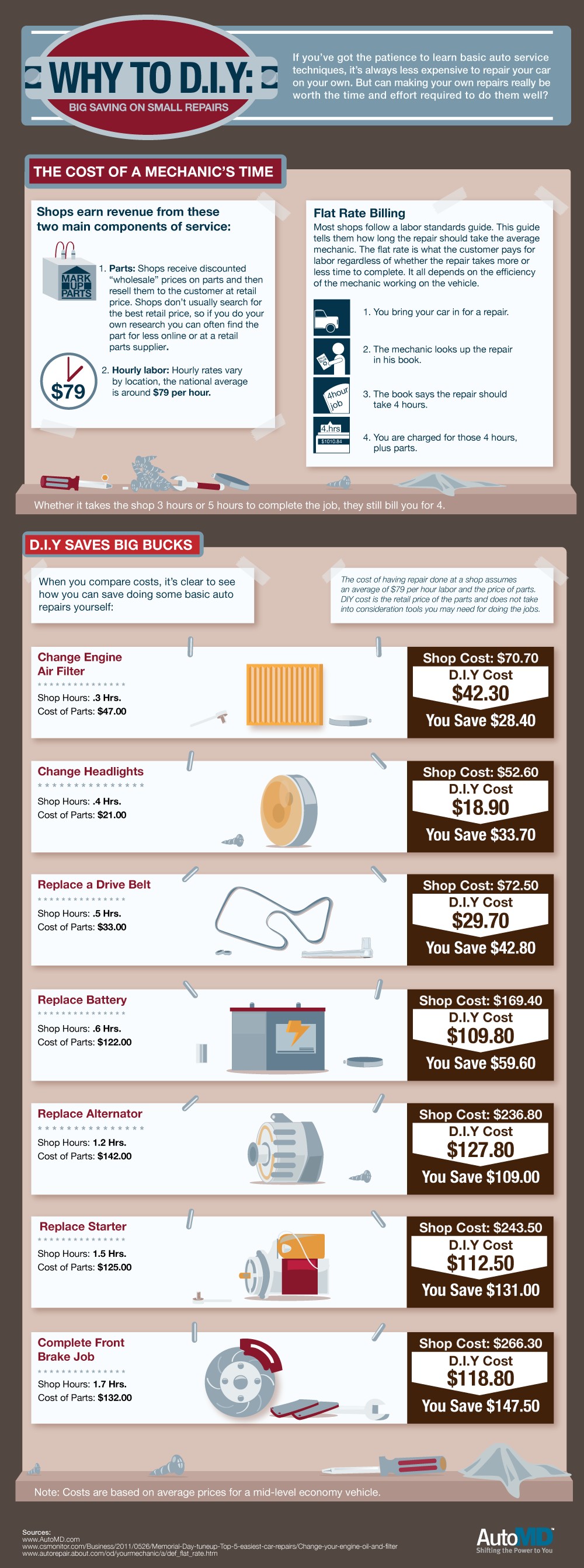Wondering Regarding The Meaning Behind Those Dashboard Caution Lights? Gain Insights Into Their Ramifications For Your Car'S Security And Maintenance
Wondering Regarding The Meaning Behind Those Dashboard Caution Lights? Gain Insights Into Their Ramifications For Your Car'S Security And Maintenance
Blog Article
Posted By-Boye Torres
When you're behind the wheel, those beautiful warning lights on your dashboard can be a bit puzzling. Do you understand what they're trying to tell you about your car's health? Recognizing the significance of these lights is important for your safety and the longevity of your lorry. So, the next time among those lights pops up, would not you want to decipher its message accurately and take the required actions to address it?
Common Caution Lights and Interpretations
Determine typical caution lights in your car and understand their meanings to guarantee safe driving.
The most common caution lights include the check engine light, which indicates issues with the engine or emissions system. If this light comes on, it's essential to have your automobile examined promptly.
The oil stress warning light suggests reduced oil pressure, requiring immediate attention to prevent engine damage.
A blinking battery light may suggest a faulty charging system, potentially leaving you stranded otherwise dealt with.
The tire pressure surveillance system (TPMS) light signals you to reduced tire pressure, affecting lorry security and fuel effectiveness. Overlooking this could bring about hazardous driving conditions.
Recommended Reading shows a trouble with the anti-lock stopping system, endangering your ability to quit quickly in emergencies.
Finally, the coolant temperature level alerting light warns of engine overheating, which can result in serious damage if not settled quickly.
Recognizing these typical caution lights will aid you attend to issues promptly and preserve secure driving problems.
Value of Prompt Interest
Comprehending the typical caution lights in your automobile is just the initial step; the relevance of quickly addressing these warnings can't be highlighted enough to ensure your security on the road.
When car seat cleaning brightens on your control panel, it's your car's way of communicating a prospective problem that requires focus. Overlooking these cautions can lead to much more severe problems down the road, jeopardizing your security and possibly costing you much more in repairs.
Prompt interest to warning lights can stop failures and mishaps. For instance, a blinking check engine light can indicate a misfire that, if left unattended, could cause damages to the catalytic converter. Addressing this immediately can save you from a costly fixing.
Likewise, a brake system alerting light may signify low brake liquid or used brake pads, critical components for your security when driving.
Do It Yourself Troubleshooting Tips
If you notice a caution light on your dashboard, there are a couple of do it yourself fixing tips you can attempt prior to looking for specialist aid.
The very first step is to consult your cars and truck's handbook to understand what the specific caution light suggests. In some cases the problem can be as basic as a loosened gas cap activating the check engine light. Tightening up the gas cap might settle the problem.
Another common issue is a reduced battery, which can cause numerous advising lights. Inspecting the battery links for rust and ensuring they're safe might repair the issue.
If a warning light continues, you can try resetting it by disconnecting the auto's battery for a couple of minutes and afterwards reconnecting it. Furthermore, inspecting your lorry's liquid degrees, such as oil, coolant, and brake fluid, can help repair cautioning lights connected to these systems.
Final thought
Finally, understanding your automobile's caution lights is essential for maintaining your lorry running efficiently and safely. By promptly attending to these informs and knowing what they imply, you can prevent pricey repairs and possible break downs.
Bear in mind to consult your vehicle's guidebook for specific details on each advising light and do something about it accordingly to ensure a trouble-free driving experience.
Stay notified, remain secure when traveling!
